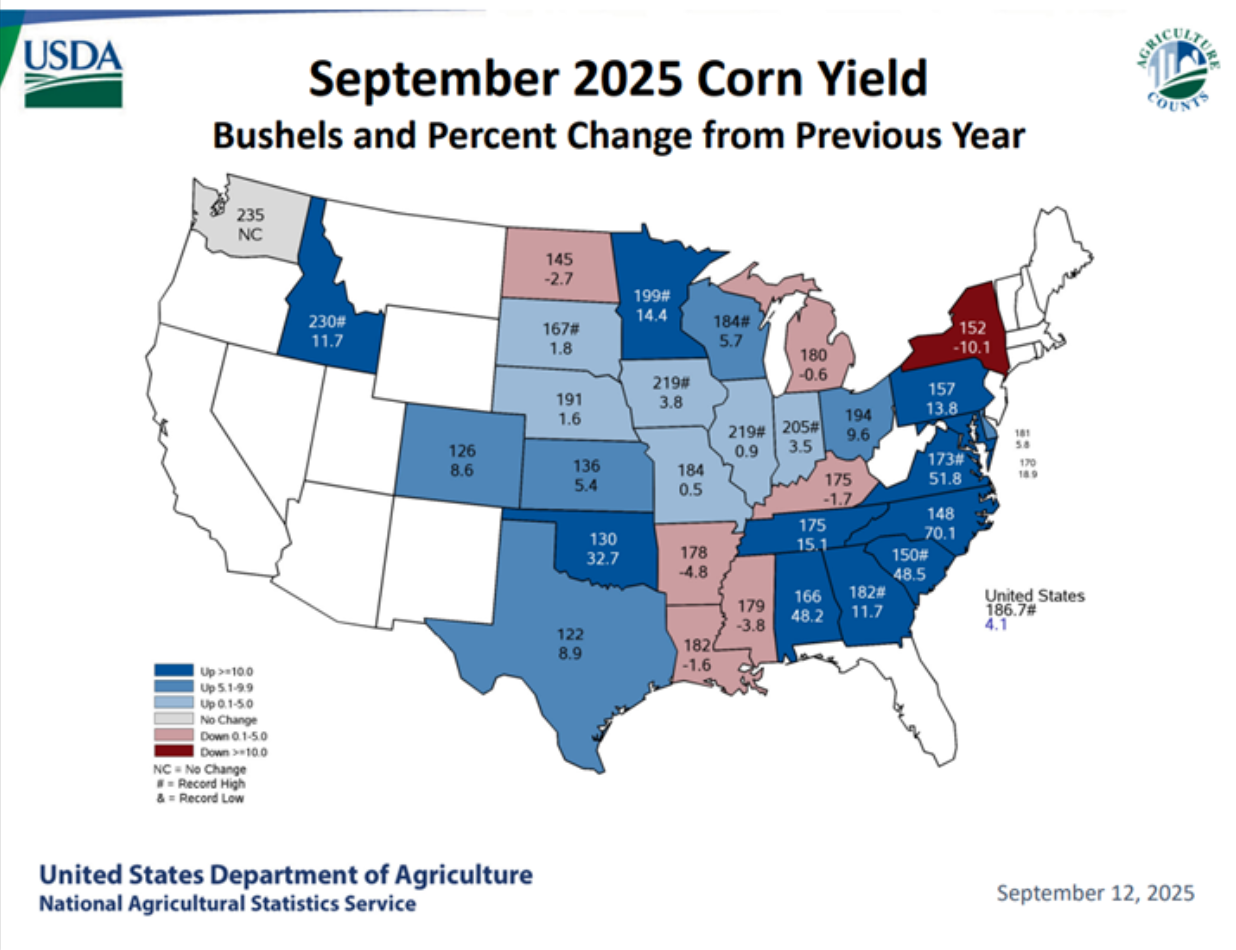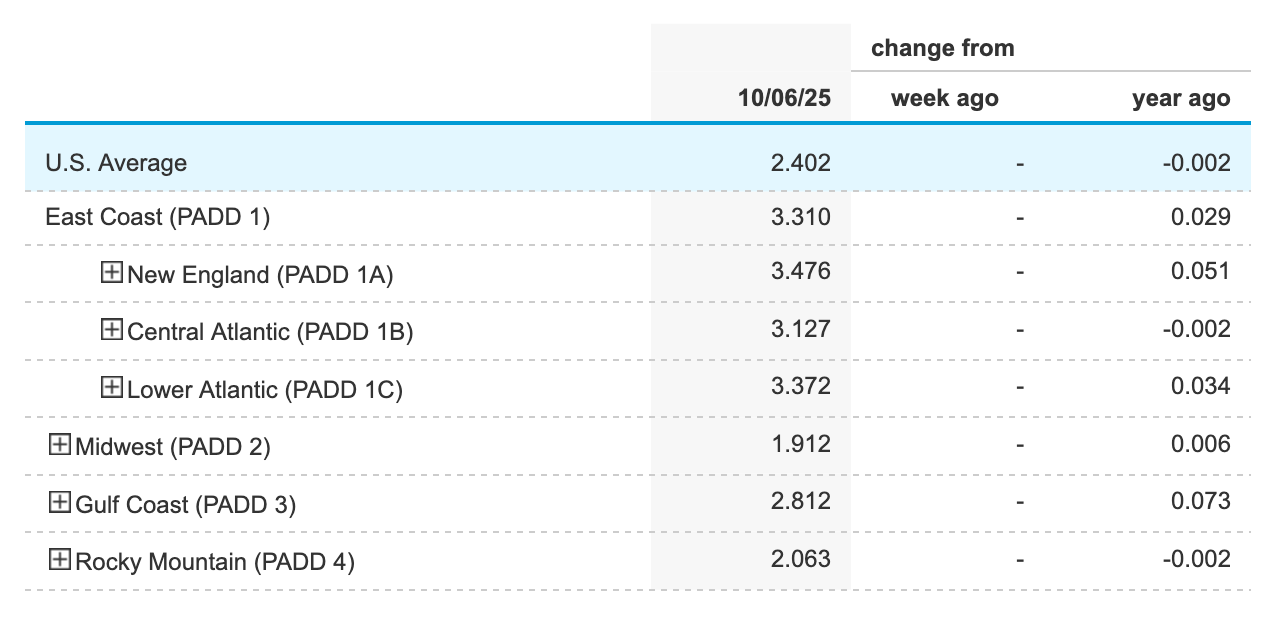All Ears!

As harvest momentum builds, low propane prices present a timely opportunity for growers to secure future supply.
Corn Drying Demand
Corn harvest progress typically jumps from about 20% in early October to 80% harvested by early November. In many parts of the country the soybean harvest is winding down, and the corn harvest is starting in earnest.
No one knows how much propane will end up being threshed out for crop drying over the next 5 to 6 weeks, but we’re entering the heart of harvest season now, especially in eastern portions of the Midwest.
And things will move quickly.
Since we’re all propane people, and it takes roughly .02/gallons of propane to remove 1% moisture per bushel, I thought it would be interesting to talk a little about this widely variable demand for propane every October.
In fact, only a month ago, the USDA was predicting the most harvested acres for U.S. corn since Franklin Roosevelt was President! But pockets of crop disease and late-season drought have since decreased total yield prospects.

Moisture Content
Crop drying demand for propane is all about moisture content. Oddly enough, late-season drought conditions can lock in relatively high moisture content because the ears won’t dry much in the field after the premature death of the stalks.
Corn growers try to sell their grain to grain buying stations at 15.5% to 16% moisture content to avoid losing weight to shrinkage or suffer in-field losses by waiting too long, so the most economical grain moisture level for harvesting corn is 17% to 18%.
And while the early planted corn came out dry and largely went straight to the grain elevators, May planted corn has a moisture content that ranges widely from 20% to 30% depending on the maturity level.
Overall, yields seem good, stalk quality in many parts isn’t a major concern, and harvest is progressing well. Which means that growers may need more propane this year than last year to ensure an optimum yield.
Meet Our Crop-Drying Experts
Here are our crop-drying experts. Please reach out to them if you can use some help now with propane in the Midwest and Ohio River Valley.

Residential Propane Prices
Here are the average residential propane prices (per gallon) to begin the heating season:

The Skinny
To sum up, yields for May-planted corn seem good to start this crop-drying season in some parts of the country. Stalk quality doesn’t seem to be a major concern, and the October harvest is progressing well.
The moisture content for corn ranges from 19% to 30% which means growers may need more propane this year than last year to ensure an optimum yield.
At the same time, Belvieu propane prices are near the lowest level in 28 months. Consider taking advantage of this current price dip to lock in another layer of your upcoming winter needs and add a layer for winter 2026-2027.
Opportunities like this which are driven by oversupply rather than demand-destruction don’t come along often and may not last long.
NOTE: The views and opinions expressed herein are solely those of the author, unless attributed to a third-party source, and do not necessarily reflect the views of Ray Energy Corp, its affiliates, or its employees. The information set forth herein has been obtained or derived from sources believed by the author to be reliable. However, the author does not make any representation or warranty, express or implied, as to the information’s accuracy or completeness, nor does the author recommend that the attached information serve as the basis of any buying decision and it has been provided to you solely for informational purposes.
© 2011-2025 Ray Energy Corp. All rights reserved. Any reproduction, representation, adaptation, translation, and/or transformation, in whole or in part by whatsoever process, of this site or of one or several of its components, is forbidden without the express written authorization from Ray Energy Corp.

